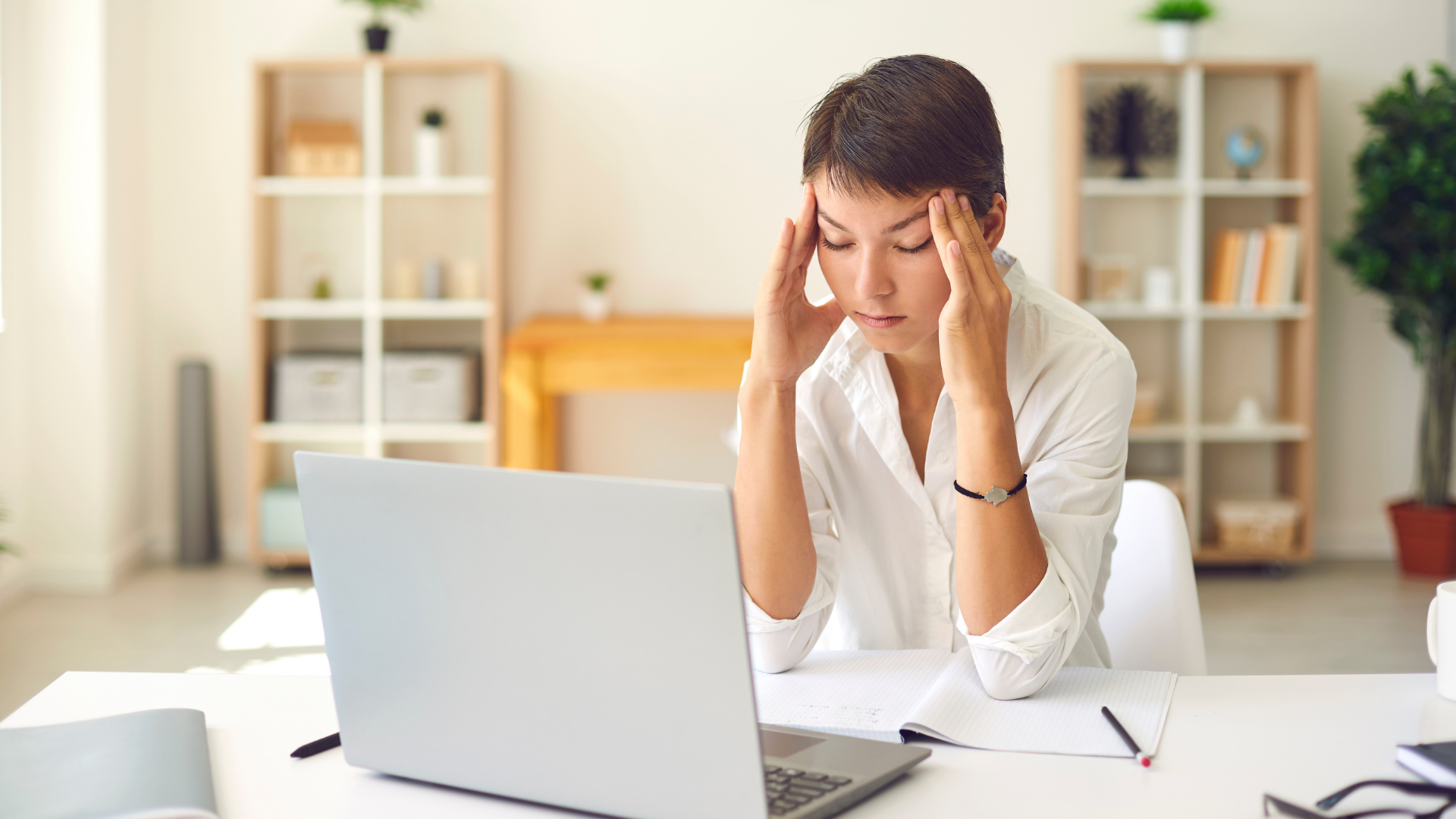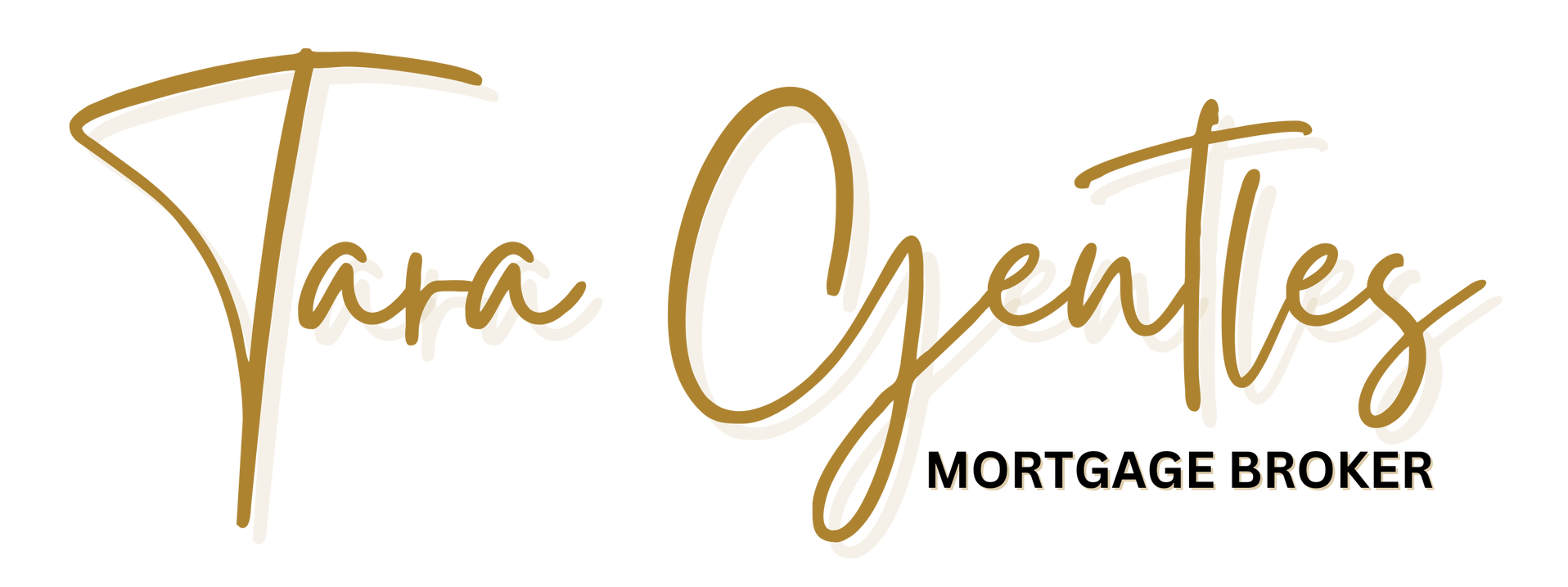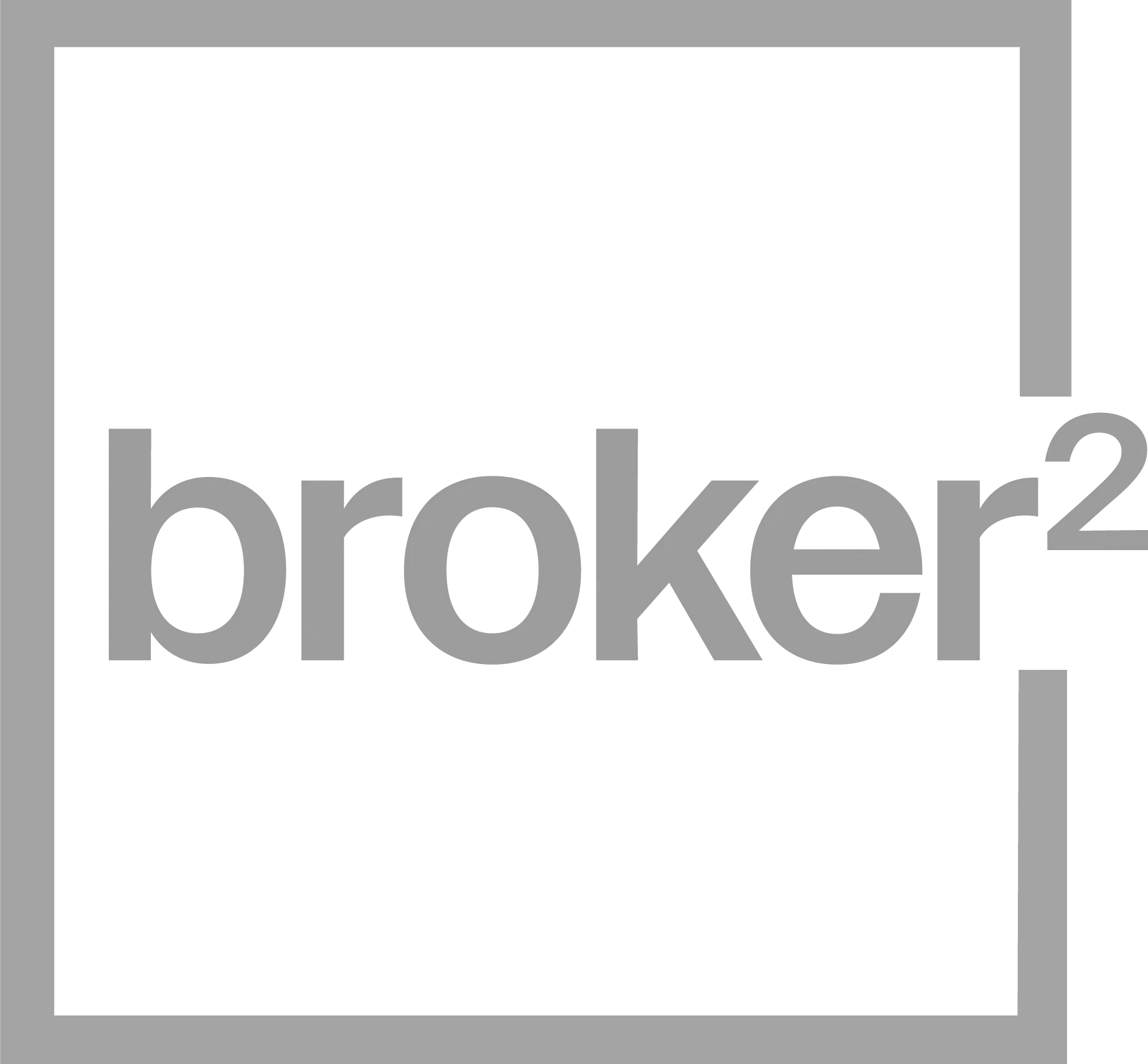Payment Frequency, Does it Really Make a Difference?
Tara Gentles • January 19, 2021

It has been said that there are two certainties in life; death and taxes. Well, as it relates to your mortgage, the single certainty is that you will pay back what you borrowed, plus interest. However, how you make your mortgage payments, the payment frequency, is somewhat up to you! The following is a look at the different types of payment frequencies and how they will impact you and your bottom line.
Here are the 6 main payment frequency types
- Monthly payments – 12 payments per year
- Semi-Monthly payments – 24 payments per year
- Bi-weekly payments – 26 payments per year
- Weekly payments – 52 payments per year
- Accelerated bi-weekly payments – 26 payments per year
- Accelerated weekly payments – 52 payments per year
Options one through four are designed to match your payment frequency with your employer. So if you get paid monthly, it makes sense to arrange your mortgage payments to come out a few days after payday. If you’re paid every second Friday, it might make sense to have your mortgage payments match your payday! These are lifestyle choices, and will of course pay down your mortgage as agreed in your mortgage contract, and will run the full length of your amortization.
However, options five and six have that word accelerated attached… and they do just that, they accelerate how fast you are able to pay down your mortgage. Here’s how that works.
With the accelerated bi-weekly payment frequency, you make 26 payments in the year, but instead of making the total annual payment divided by 26 payments, you divide the total annual payment by 24 payments (as if the payments were being set as semi-monthly) and you make 26 payments at the higher amount.
So let’s say your monthly payment is $2000.
Bi-weekly payment : $2000 x 12 / 26 = $923.07
Accelerated bi-weekly payment $2000 x 12 / 24 = $1000
You see, by making the accelerated bi-weekly payments, it’s like you’re actually making two extra payments each year. It’s these extra payments that add up and reduce your mortgage principal, which then saves you interest on the total life of your mortgage.
The payments for accelerated weekly work the same way, it’s just that you’d be making 52 payments a year instead of 26.
Essentially by choosing an accelerated option for your payment frequency, you are lowering the overall cost of borrowing, and making small extra payments as part of your regular cash flow.
Now, It’s hard to nail down exactly how much interest you would save over the course of a 25 year amortization, because your total mortgage is broken up into terms with different interest rates along the way. However, given today’s rates, an accelerated bi-weekly payment schedule could reduce your amortization by up to three and a half years.
If you’d like to have a look at some of the mortgage numbers as they relate to you, please don’t hesitate to contact me anytime, I’d love to work with you and help you find the mortgage (and the mortgage payment frequency) that best suits your needs.
Tara Gentles
CANADIAN MORTGAGE EXPERT

RECENT POSTS

Can You Get a Mortgage If You Have Collections on Your Credit Report? Short answer? Not easily. Long answer? It depends—and it’s more common (and fixable) than you might think. When it comes to applying for a mortgage, your credit report tells lenders a story. Collections—debts that have been passed to a collection agency because they weren’t paid on time—are big red flags in that story. Regardless of how or why they got there, open collections are going to hurt your chances of getting approved. Let’s break this down. What Exactly Is a Collection? A collection appears on your credit report when a bill goes unpaid for long enough that the lender decides to stop chasing you—and hires a collection agency to do it instead. It doesn’t matter whether it was an unpaid phone bill, a forgotten credit card, or a disputed fine: to a lender, it signals risk. And lenders don’t like risk. Why It Matters to Mortgage Lenders? Lenders use your credit report to gauge how trustworthy you are with borrowed money. If they see you haven’t paid a past debt, especially recently, it suggests you might do the same with a new mortgage—and that’s enough to get your application denied. Even small collections can cause problems. A $32 unpaid utility bill might seem insignificant to you, but to a lender, it’s a red flag waving loudly. But What If I Didn’t Know About the Collection? It happens all the time. You move provinces and miss a final utility charge. Your cell provider sends a bill to an old address. Or maybe the collection is showing in error—credit reports aren’t perfect, and mistakes do happen. Regardless of the reason, the responsibility to resolve it still falls on you. Even if it’s an honest oversight or an error, lenders will expect you to clear it up or prove it’s been paid. And What If I Chose Not to Pay It? Some people intentionally leave certain collections unpaid—maybe they disagree with a charge, or feel a fine is unfair. Here are a few common “moral stand” collections: Disputed phone bills COVID-related fines Traffic tickets Unpaid spousal or child support While you might feel justified, lenders don’t take sides. They’re not interested in why a collection exists—only that it hasn’t been dealt with. And if it’s still active, that could be enough to derail your mortgage application. How Can You Find Out What’s On Your Report? Easy. You can check it yourself through services like Equifax or TransUnion, or you can work with a mortgage advisor to go through a full pre-approval. A pre-approval will quickly uncover any credit issues, including collections—giving you a chance to fix them before you apply for a mortgage. What To Do If You Have Collections Verify: Make sure the collection is accurate. Pay or Dispute: Settle the debt or begin a dispute process if it’s an error. Get Proof: Even if your credit report hasn’t updated yet, documentation showing the debt is paid can be enough for some lenders. Work With a Pro: A mortgage advisor can help you build a strategy and connect you with lenders who offer flexible solutions. Collections are common, but they can absolutely block your path to mortgage financing. Whether you knew about them or not, the best approach is to take action early. If you’d like to find out where you stand—or need help navigating your credit report—I’d be happy to help. Let’s make sure your next mortgage application has the best possible chance of approval.

Starting from Scratch: How to Build Credit the Smart Way If you're just beginning your personal finance journey and wondering how to build credit from the ground up, you're not alone. Many people find themselves stuck in the classic credit paradox: you need credit to build a credit history, but you can’t get credit without already having one. So, how do you break in? Let’s walk through the basics—step by step. Credit Building Isn’t Instant—Start Now First, understand this: building good credit is a marathon, not a sprint. For those planning to apply for a mortgage in the future, lenders typically want to see at least two active credit accounts (credit cards, personal loans, or lines of credit), each with a limit of $2,500 or more , and reporting positively for at least two years . If that sounds like a lot—it is. But everyone has to start somewhere, and the best time to begin is now. Step 1: Start with a Secured Credit Card When you're new to credit, traditional lenders often say “no” simply because there’s nothing in your file. That’s where a secured credit card comes in. Here’s how it works: You provide a deposit—say, $1,000—and that becomes your credit limit. Use the card for everyday purchases (groceries, phone bill, streaming services). Pay the balance off in full each month. Your activity is reported to the credit bureaus, and after a few months of on-time payments, you begin to establish a credit score. ✅ Pro tip: Before you apply, ask if the lender reports to both Equifax and TransUnion . If they don’t, your credit-building efforts won’t be reflected where it counts. Step 2: Move Toward an Unsecured Trade Line Once you’ve got a few months of solid payment history, you can apply for an unsecured credit card or a small personal loan. A car loan could also serve as a second trade line. Again, make sure the account reports to both credit bureaus, and always pay on time. At this point, your focus should be consistency and patience. Avoid maxing out your credit, and keep your utilization under 30% of your available limit. What If You Need a Mortgage Before Your Credit Is Ready? If homeownership is on the horizon but your credit history isn’t quite there yet, don’t panic. You still have a few options. One path is to apply with a co-signer —someone with strong credit and income who is willing to share the responsibility. The mortgage will be based on their credit profile, but your name will also be on the loan, helping you build a record of mortgage payments. Ideally, when the term is up and your credit has matured, you can refinance and qualify on your own. Start with a Plan—Stick to It Building credit may take a couple of years, but it all starts with a plan—and the right guidance. Whether you're figuring out your first steps or getting mortgage-ready, we’re here to help. Need advice on credit, mortgage options, or how to get started? Let’s talk.

